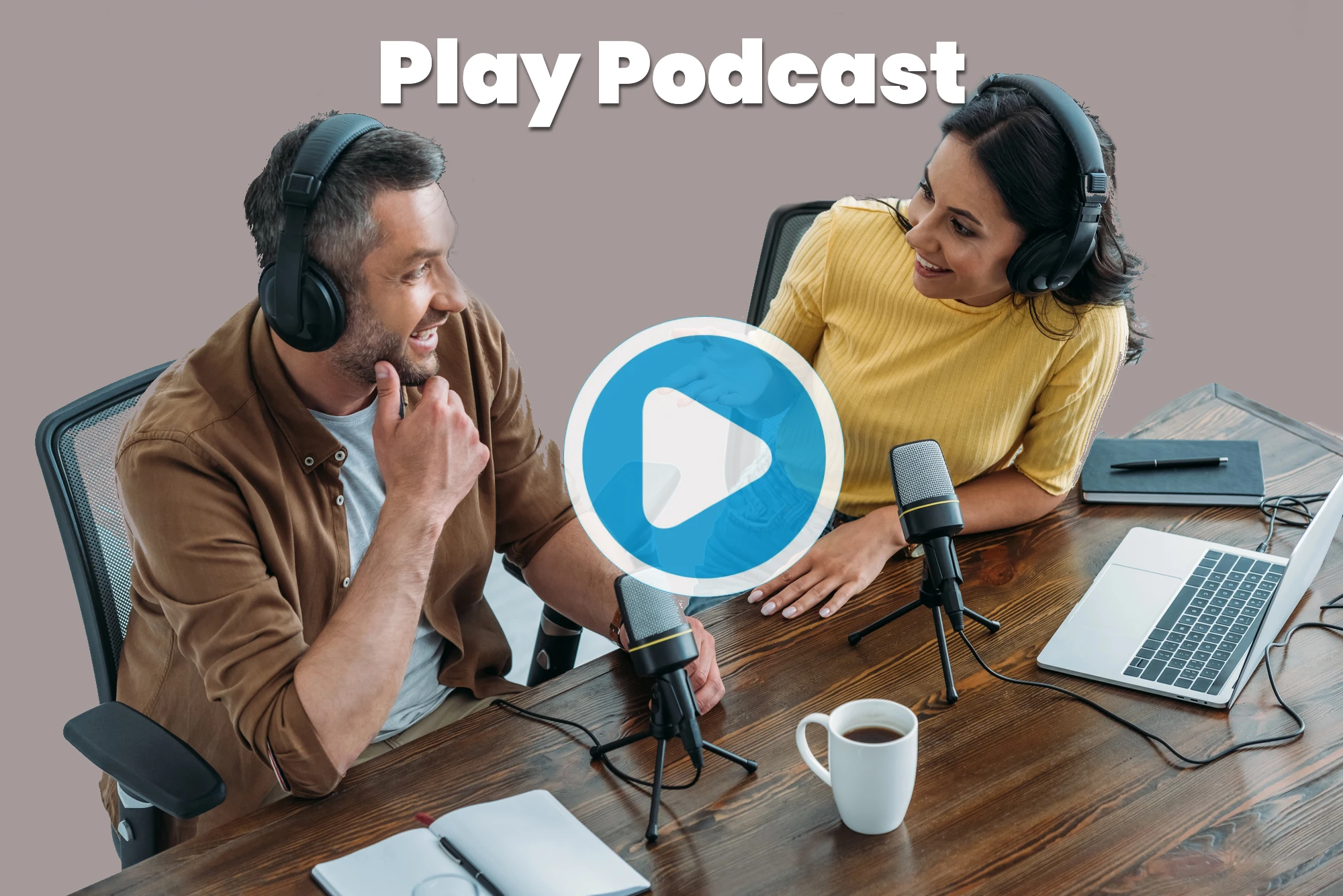You’re sitting through another company training session, but your mind is elsewhere. You’re already well-versed in the topic, so what’s being covered doesn’t sink in. But sitting next to you, a new hire with less experience is struggling to keep up with the pace. This isn’t a hypothetical situation for your learners – so how can you ensure both ends of the spectrum are engaged and retaining the information? Enter divergent learning, where each learner’s journey is shaped to their needs and skills.
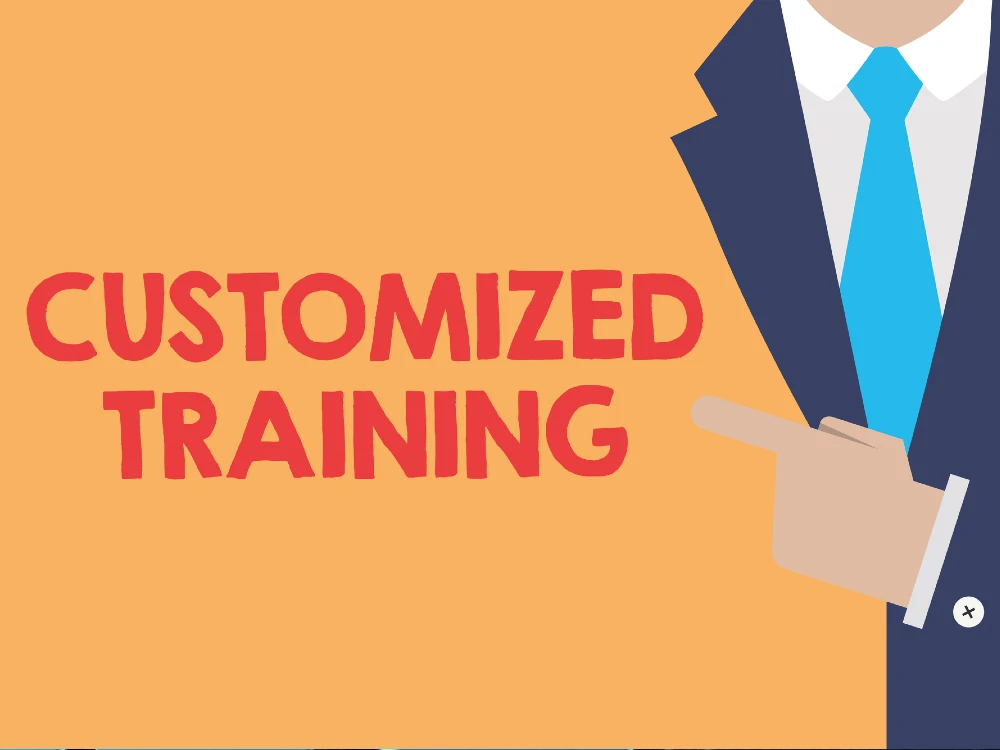
The Era of Personalization in Learning
The traditional approach of static, standardized learning experiences no longer meets the needs of today’s diverse workforce. In the age of technological advancement and data-driven insights, learning has become more personalized and adaptive, evolving to reflect the needs of each learner. This shift is transforming how we educate, engage, and retain the experience of individuals across industries, providing them with training tailored to their roles, expertise, and preferences.
Once limited to delivering generic content, today’s LMS platforms are sophisticated tools that assess and understand who each learner is—whether it’s their job role, certifications, location, or learning history. By leveraging this data, LMS platforms personalize learning experiences, adapting content, delivery methods, and assessments to suit each learner’s goals. This dynamic approach ensures that learners engage with material that is not only relevant to their role but also delivered in a way that best supports their learning process.
Personalized learning is about more than just delivering relevant content—it’s about engaging learners, so the learners engage back. When training aligns with a learner’s skill level, past experiences, and future goals, it becomes more impactful, efficient, and effective. As learners engage with content that directly supports their current and future professional needs, they remain motivated and absorb material more effectively, driving better learning outcomes.
Diverse UI Over a Standardized Experience
While traditional LMS platforms rely on a standardized user interface (UI) for all learners, this one-size-fits-all approach often fails to meet the diverse needs of users with varying roles and experiences. Using the example from earlier, a learner with years of experience in a particular field may fail to find the motivation to navigate through content that they deem too basic or irrelevant to their expertise; meanwhile a newcomer may feel overwhelmed by this same material that they’re not ready to tackle. In both cases, the static, one-size-fits-all UI fails to create an experience that truly supports the learner’s journey.
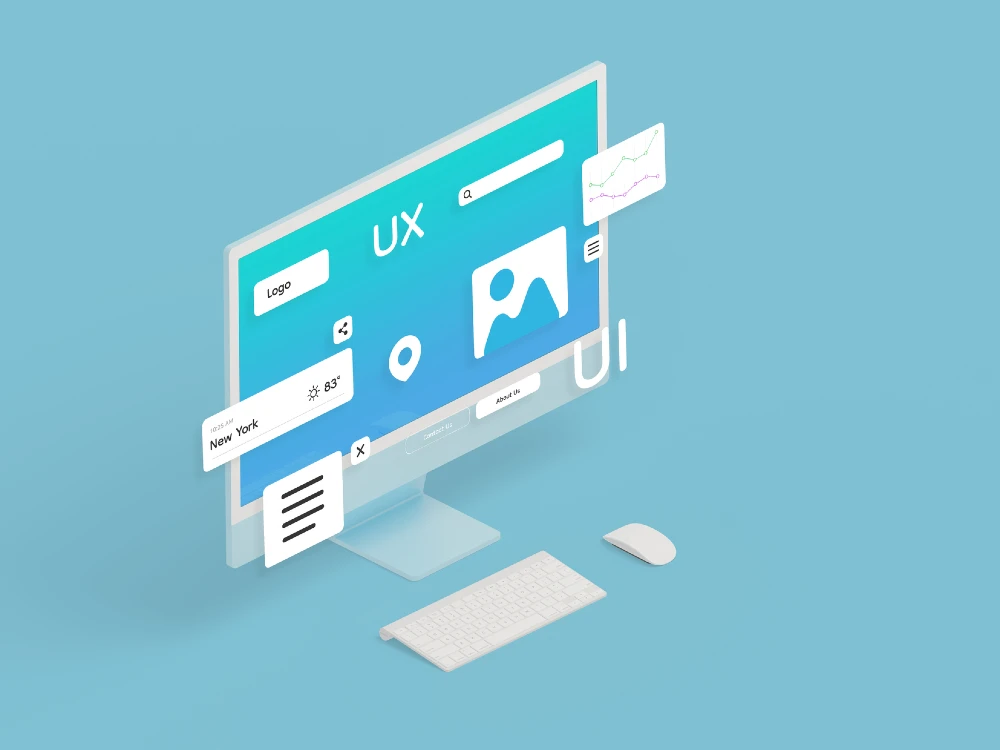
Modern LMS platforms offer dynamic, context-sensitive UIs that adapt to the individual learner. By customizing the interface based on factors such as job role, certifications, and location, the LMS ensures learners only see content that is relevant to them. For instance, an HR department might access materials tailored to their skills expected from their position, while others may receive content that is more foundational to the organization as a whole. This personalization reduces the need for learners to sift through irrelevant or overwhelming content, improving both engagement and knowledge retention.
Moreover, personalized learning experiences can extend beyond content delivery to include assessment methods and feedback. By using data to track learner progress, LMS platforms can adjust assessments to better reflect the learner’s abilities and provide targeted feedback that helps guide their development. Whether it’s offering more challenging scenarios for advanced learners or providing additional resources and support for those who may need extra help, a personalized approach ensures that every learner is provided with exactly what they need to succeed.
In short, personalized learning isn’t just about offering content that fits the learner’s needs—it’s about creating a holistic, engaging experience; which will in turn help them stay motivated, make steady progress, and achieve the joint goals of the learner, and the organization. With dynamic, context-aware user interfaces and the ability to adapt content, assessments, and feedback, today’s LMS platforms are empowering organizations to create individualized learning experiences that drive success for both the learner and the organization as a whole.
How Personalization Works: Key Data Points That Drive Customization
Personalization in modern Learning Management Systems (LMS) is largely driven by data—data that reflects the unique characteristics and needs of each learner. By harnessing this data, LMS platforms can craft customized learning experiences that not only engage learners but also improve knowledge retention and overall learning outcomes. Let’s take a closer look at some of the key data points that enable this level of customization.
1. User Role and Job Functionality
One of the most powerful ways an LMS personalizes learning is by taking into account the learner’s specific role and job responsibilities within the organization. By tracking this data, the LMS can tailor learning paths to make content and resources directly relevant to the learner’s day-to-day tasks and responsibilities.
For example, a marketing manager may need to access courses focused on data analytics, SEO strategies, and digital campaign management, while a software developer would benefit from learning about coding languages, debugging techniques, and agile project management. By aligning content with each user’s job function, the LMS ensures that employees are spending their time on training that is directly applicable to their work, improving both engagement and skill development.
2. Location-Based Customization
Location is another key factor in personalizing learning experiences. By tracking the geographic region of a learner, an LMS can adjust content to meet the specific needs of that region, taking into account local market dynamics, regulatory requirements, and even the language delivery.
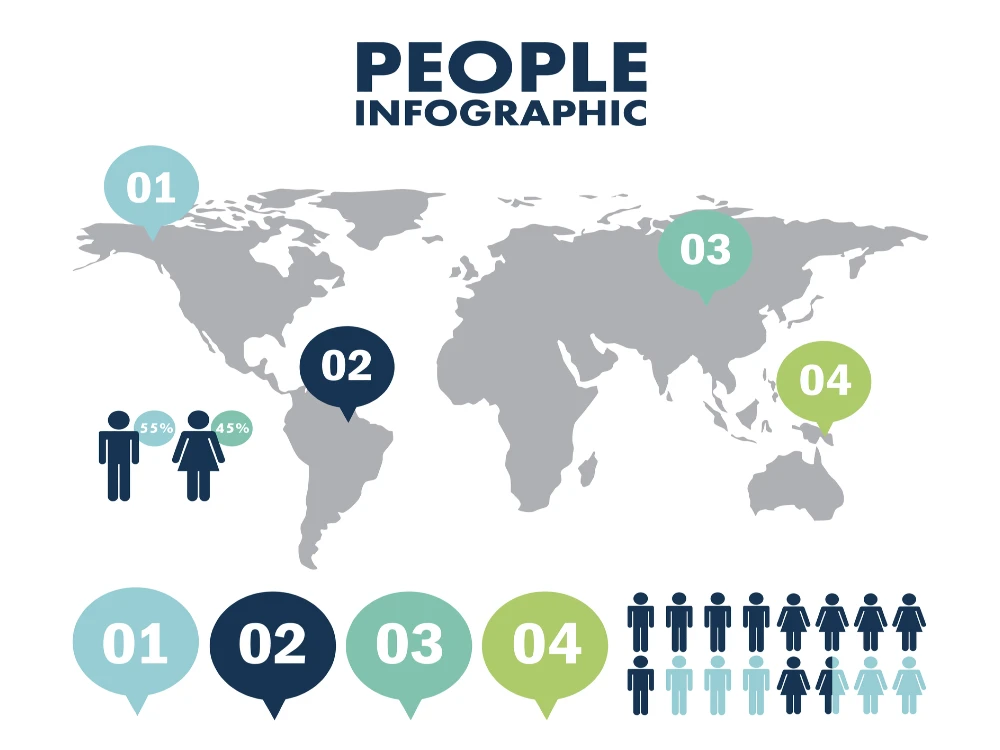
As an example, safety training protocols will differ between countries due to varying laws and regulations. In the United States, an LMS might prioritize OSHA standards for safety, whereas in the European Union, it would focus on EU health and safety regulations. Similarly, for global organizations, training can be customized to reflect local market trends. A sales team in India, for example, might receive training on consumer behavior specific to the Indian market, while a U.S. sales team might focus on different marketing strategies and customer demographics tailored to the American market.
This location-based adaptability ensures that employees are receiving training that is not only relevant to their role but also contextually appropriate for their environment, helping to bridge any regional gaps in knowledge.
3. Previous Certifications and Learning History
A learner’s previous certifications and learning history play a crucial role in shaping their ongoing training path. This data helps the LMS understand the learner’s current knowledge and skill level, allowing it to recommend the appropriate level of content. By tracking past certifications and completed courses, the LMS can prevent redundancy—ensuring learners don’t revisit content they’ve already mastered.
More importantly, this data allows the LMS to suggest advanced courses or certifications that build upon the learner’s existing expertise. If a learner has already completed a foundational course, the LMS can recommend more specialized or higher-level content that advances their skills. Additionally, the system can identify gaps in the learner’s training history and suggest relevant courses to fill those gaps, ensuring a continuous and efficient learning journey.
The Home Base: A Unified Starting Point
While the dynamics available in an LMS can be incredible, let’s put the breaks on the “hows” and “whys”, and look at establishing a starting point; what we’ll call the “home base”. The home base of an LMS serves as the essential starting point for each learner’s journey, integrating features like progress tracking, course recommendations, and notifications in a way that is both structured, but flexible. This central hub creates a moment of uniformity for learners, and helps ensure a smooth transition into more personalized learning environment, keeping learners engaged and motivated as the system adjusts content and resources to their needs, performance, and goals.
1. A Centralized, Adaptive Hub
The home base functions as the heart of the LMS – everything starts, and can lead back here. While we say the home base is ‘static’, it is only static to the degree of the content is in the same place for all users; the content itself that is offered is still dynamic to the individual. This dashboard should adapt to the learner’s preferences and activity, surfacing relevant content or recommending further training in areas of interest. By providing an at-a-glance view of their learning path and immediate access to key tasks, the dashboard enhances motivation and gives learners a sense of control over their journey.
Adding a notification or alerts area to the home base can also act as a reliable way to keep learners informed and up to date on important tasks; because it’s the start of every user’s training session, we can be confident that posted alerts will be seen. Additionally, integration with external calendars allows learners to sync LMS deadlines with personal schedules, fostering a more holistic approach to time management and reducing the risk of missed deadlines.
2. The Transition to Tailored Learning Paths
The home base also adapts in terms of structure. If a learner is working through foundational courses, the system may recommend advanced learning paths or certifications that align with their career trajectory. Alternatively, if they’re struggling in a particular area, the system could highlight skill-building resources, such as additional practice exercises or targeted reading.
By continuously responding to learners’ evolving needs, the home base fosters a personalized, intuitive learning environment that not only enhances engagement but also promotes a sense of ownership over the learner’s journey, motivating them to continue progressing.
The Long-Term Benefits of Personalization
Personalized learning not only creates a tailored experience for employees but also brings long-term organizational benefits. By aligning content with employees’ roles, skills, and preferences, organizations can streamline onboarding, reduce time-to-competency, and foster long-term employee engagement. Personalized LMS systems help employees achieve proficiency faster, contribute effectively to company goals, and stay motivated in their roles.
1. Accelerating Onboarding Processes—While Reducing the Need for It
Personalized learning accelerates the onboarding process by tailoring training materials to each new employee’s role, experience, and learning style. Unlike traditional one-size-fits-all training, a personalized LMS adapts to a new hire’s specific background, allowing them to focus on the most relevant content from the start. For example, employees with prior industry experience can skip basic content, while less experienced employees can concentrate on foundational training.
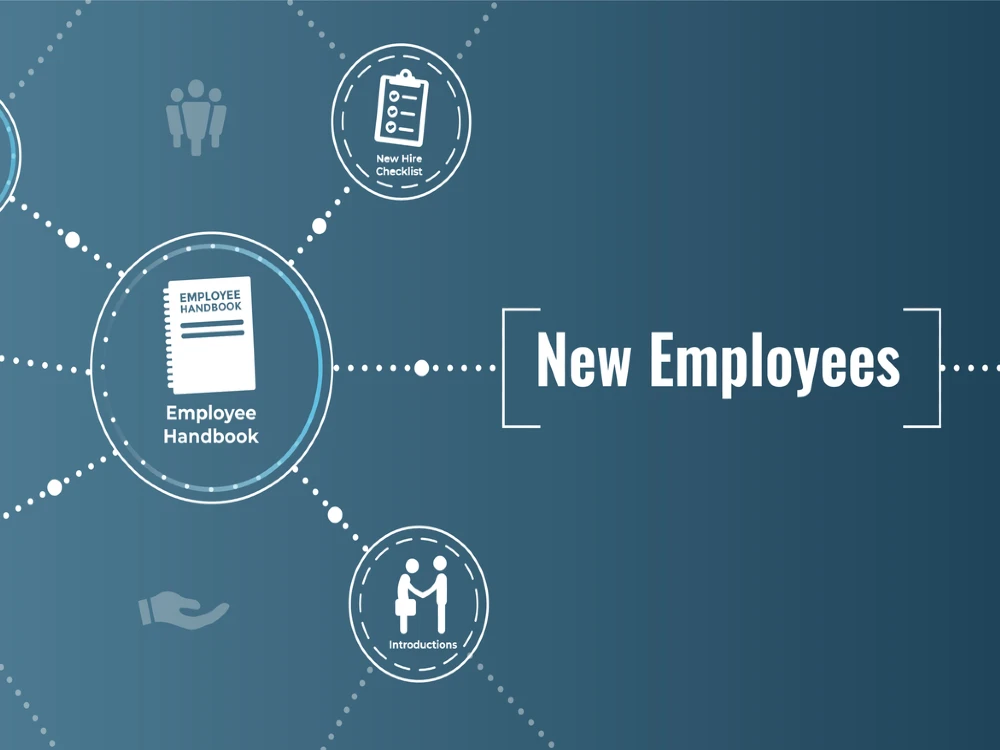
This approach not only speeds up the onboarding process but also reduces the need for extensive ongoing training. By providing employees with targeted content, they become self-sufficient more quickly, saving both time and resources. Additionally, this boosts employee confidence, making them feel more empowered in their roles from day one.
2. Reducing Time-to-Competency
Personalized learning also reduces time-to-competency by delivering relevant training that aligns with each employee’s experience level and job requirements. Instead of following a generic training schedule, employees progress through material that directly supports their current role and development goals. This efficiency ensures they aren’t wasting time on topics they’ve already mastered, enabling them to reach proficiency faster.
The system can offer more advanced content to experienced employees, while providing targeted support and practice materials to those who need it. This ensures that employees progress at their own pace, focusing on areas where they need improvement, and can contribute meaningfully to organizational goals sooner.
3. Building Scalability for Growing Teams
As organizations grow, maintaining the quality and consistency of training can be a challenge. However, a personalized LMS can scale alongside a growing workforce, adapting to accommodate new employees, roles, and departments. The foundational building blocks will offer the new teams something, while team specific training is developed for them to be pivoted to. This ensures that training remains relevant and accessible, even as the organization expands.
The LMS’s scalability also supports a diverse, global workforce. By customizing learning paths based on factors such as location, industry background, or skill level, the system can meet the unique needs of each employee, no matter their role or region. This adaptability ensures that training remains effective, consistent, and efficient across a wide range of employees, regardless of their background or where they are based.
The Long-Term Impact
Investing in personalized learning isn’t just a win for the individual—it’s a strategic move for the entire organization. As employees experience more engaging and relevant training, they become more skilled, confident, and aligned with company goals. In turn, organizations see increased productivity, improved employee retention, and a workforce that is better equipped to adapt to the ever-changing demands of the industry.
The power of personalized learning goes beyond improving individual outcomes—it fosters an environment where both employees and organizations can thrive together.
When it comes to personalized learning, Axis LMS by Atrixware is built to provide just that—tailored, adaptive training that meets the unique needs of every learner. Designed to evolve with your organization, Axis LMS empowers you to deliver engaging, role-specific content that ensures your employees are always learning at the right level and pace.
